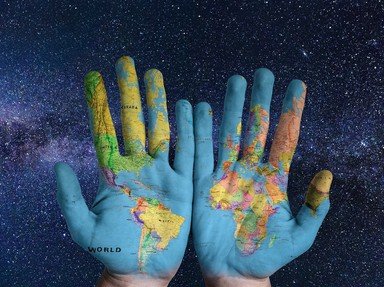
Mighty M‚ori Trivia Quiz
The M‚ori, the indigenous people of Aotearoa New Zealand, arrived in the country by way of the great waka (double hulled canoes) more than 800 years ago and have left an indelible imprint on the nation. This quiz examines ten of those people.
A collection quiz
by pollucci19.
Estimated time: 3 mins.